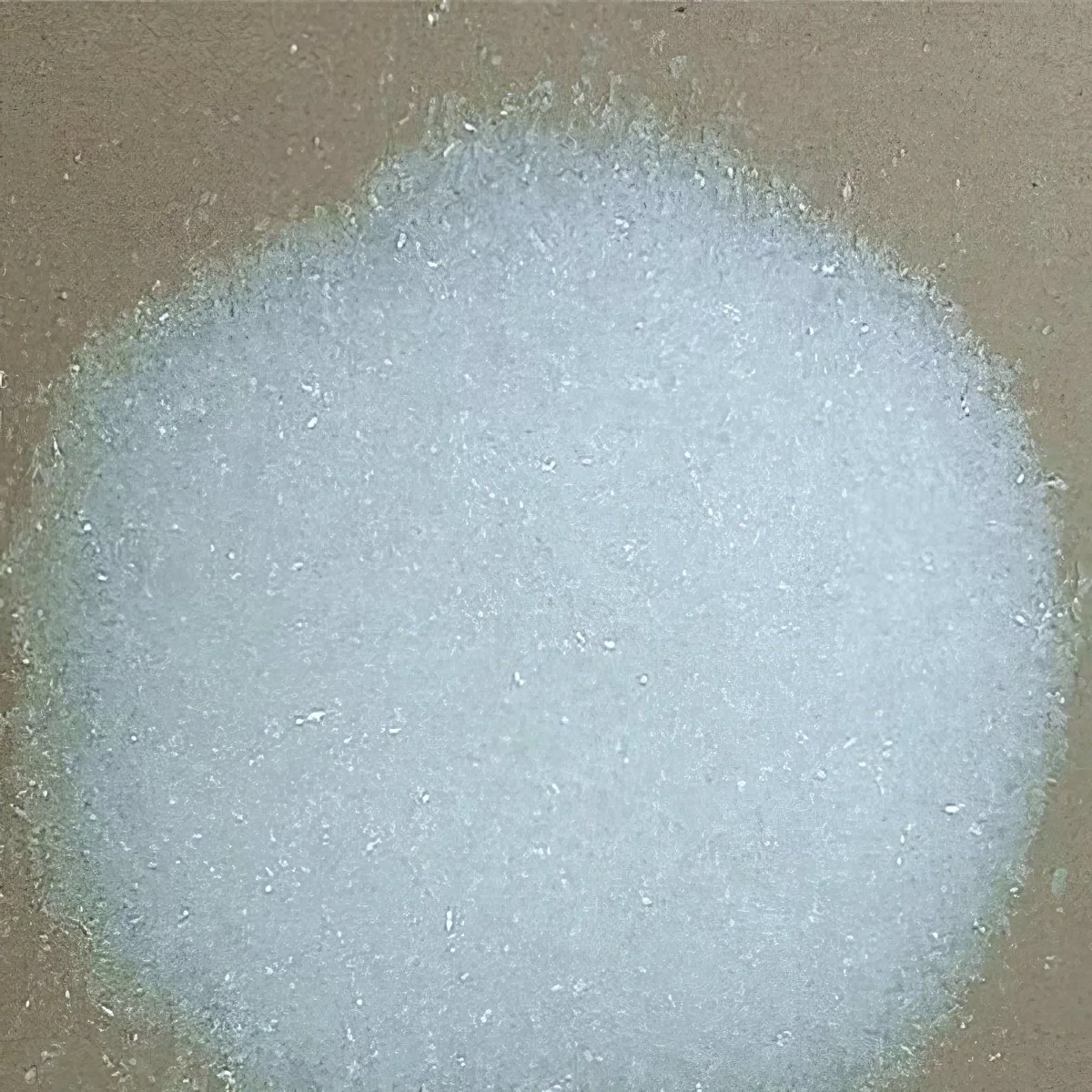



Common Everyday Uses of Sodium Hydroxide in Household and Industrial Applications
Uses of Sodium Hydroxide in Daily Life
Sodium hydroxide, also known as caustic soda or lye, is a powerful alkaline compound with numerous applications in various industries and even in our daily lives. Its chemical formula is NaOH, and it is widely recognized for its ability to react with acids, making it an essential ingredient in many chemical processes. This article will explore the significant uses of sodium hydroxide in our daily life, highlighting its versatility and importance.
One of the most common uses of sodium hydroxide is in household cleaning products. Due to its strong alkaline properties, sodium hydroxide effectively breaks down grease, fats, and oils, making it a popular ingredient in oven cleaners, drain cleaners, and other heavy-duty cleaning solutions. When mixed with water, sodium hydroxide forms a powerful solution that can dissolve clogs in drains caused by food residues or soap. This makes it an invaluable tool for maintaining cleanliness and hygiene in the home.
In the realm of food preparation, sodium hydroxide plays a surprising yet crucial role. It is used in the processing of certain food items, such as olives and pretzels. For olives, sodium hydroxide is employed to remove the bitter compounds present in raw olives, making them safe and palatable for consumption. In the case of pretzels, a bath in a sodium hydroxide solution gives them their characteristic color and chewy texture. This culinary application not only enhances the flavor and texture of these foods but also ensures they are safe for consumers.
Sodium hydroxide is also a key player in the cosmetics industry. It is commonly found in skincare and hair care products, where it serves as a pH adjuster. Maintaining the correct pH balance in cosmetics is essential for product stability and skin compatibility. Sodium hydroxide helps to neutralize acids in formulations, ensuring that the products are effective and safe for use. Furthermore, it is used in the production of soaps, where it reacts with fats through a process called saponification, ultimately resulting in a cleansing product that we use daily.
uses of sodium hydroxide in daily life

Additionally, sodium hydroxide is used in water treatment processes. Municipal water treatment plants often add sodium hydroxide to control the pH levels of drinking water. By neutralizing acidity, it not only protects the infrastructure of pipes and equipment from corrosion but also improves the effectiveness of chlorine disinfection. This ensures that the water supply remains safe and drinkable for the public.
In the textile industry, sodium hydroxide is utilized in the production of rayon and other fibers. The process involves dissolving cellulose to create a viscous solution, which is then spun into fibers. This enables the production of various fabrics that we wear every day. Moreover, it is also involved in the bleaching and dyeing processes, contributing to the vivid colors and designs in our clothing.
Despite its extensive uses, it is crucial to handle sodium hydroxide with care. As a caustic substance, it can cause severe chemical burns and irritation upon contact with skin or eyes. Proper safety precautions, including wearing gloves and protective eyewear, are necessary when working with or around sodium hydroxide solutions.
In conclusion, sodium hydroxide is a remarkable compound with diverse applications that permeate our daily lives. From cleaning products and food processing to cosmetic formulations and water treatment, its versatility is undeniable. While its benefits are significant, awareness of its potential hazards is equally important. Understanding how to safely utilize sodium hydroxide can help us appreciate its vital role in maintaining cleanliness, improving food quality, and contributing to the fabric of our everyday existence. As we continue to encounter this compound in various forms, it’s essential to recognize its contributions while respecting its power.
-
Why Sodium Persulfate Is Everywhere NowNewsJul.07,2025
-
Why Polyacrylamide Is in High DemandNewsJul.07,2025
-
Understanding Paint Chemicals and Their ApplicationsNewsJul.07,2025
-
Smart Use Of Mining ChemicalsNewsJul.07,2025
-
Practical Uses of Potassium MonopersulfateNewsJul.07,2025
-
Agrochemicals In Real FarmingNewsJul.07,2025
-
Sodium Chlorite Hot UsesNewsJul.01,2025










